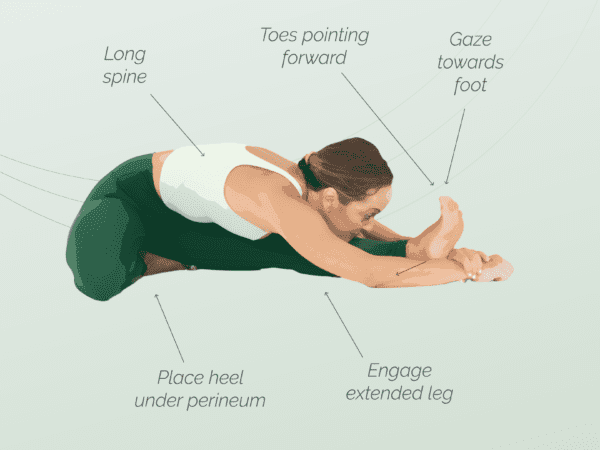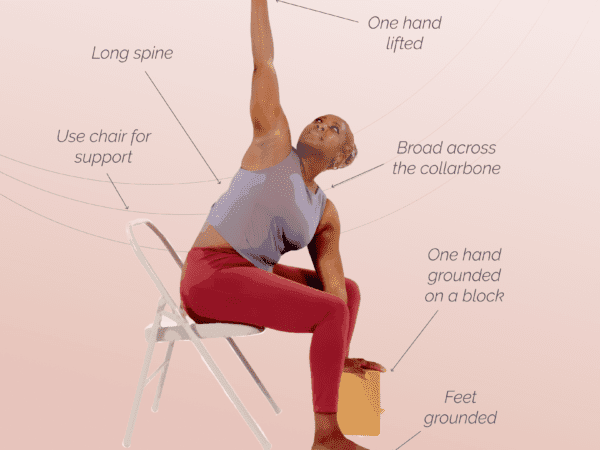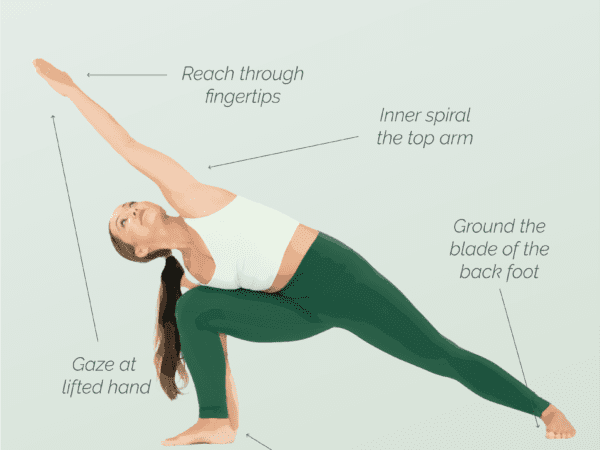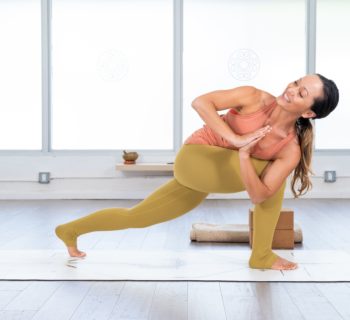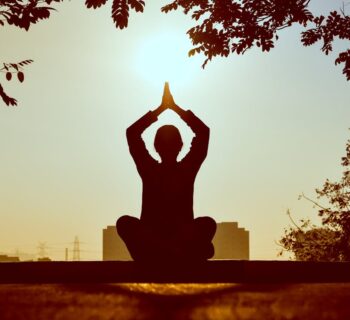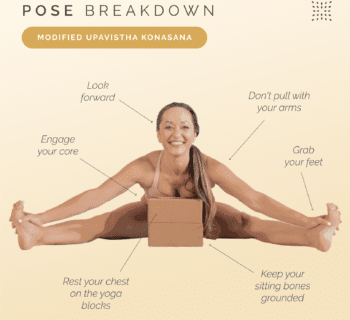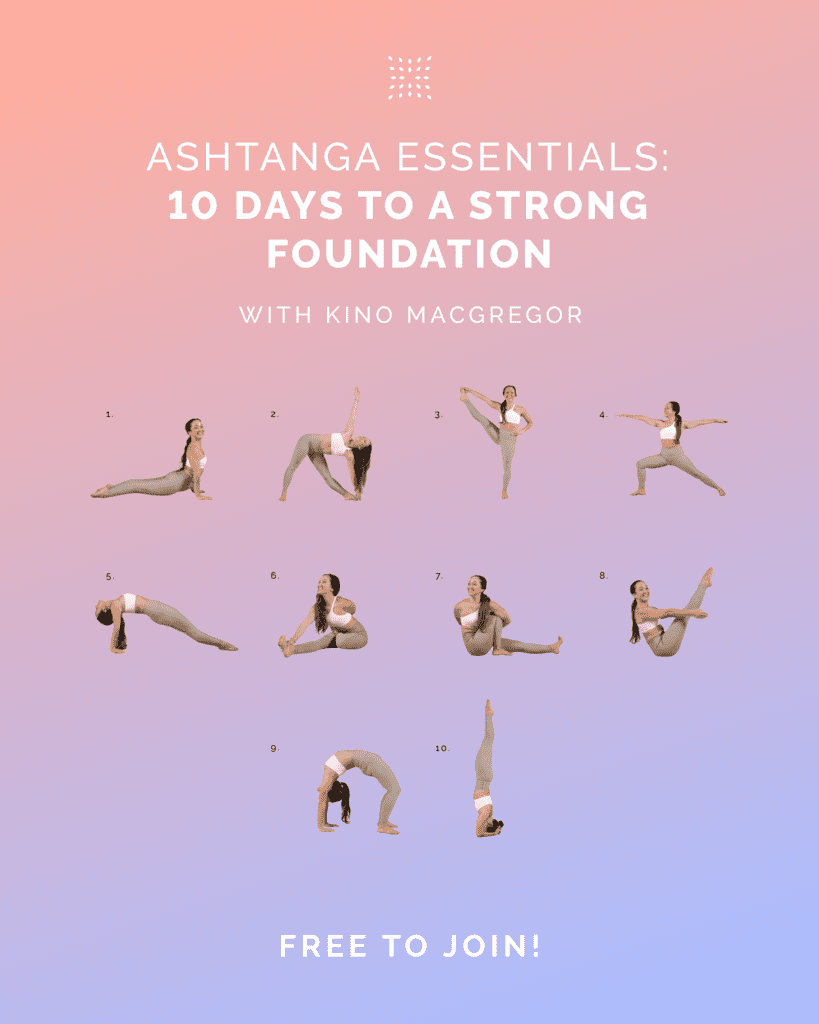Few poses in yoga are as iconic and universally recognized as downward facing dog, or adho mukha svanasana. This foundational pose is celebrated for its ability to stretch, strengthen, and rejuvenate the body. However, for many practitioners, especially beginners or those with specific physical limitations, the traditional form of this pose can be challenging. Enter modified downward facing dog—a variation that retains the essence and benefits of the original while offering accessibility and ease through different variations of the pose.
This guide is designed to inspire and empower you to embrace modified downward facing dog, regardless of your experience level. Whether you’re new to yoga or seeking a gentler approach, this modification can be a transformative addition to your practice. With confidence and optimism, let’s explore how this pose can enhance your well-being and invigorate your yoga journey.
Benefits of Modified Downward Facing Dog
Modified downward facing dog is a versatile and empowering pose that offers a multitude of benefits, making it an excellent choice for practitioners of all levels. Here are some of the key advantages:
1. Enhanced Accessibility
The modified version of this pose is particularly beneficial for individuals with limited flexibility, wrist discomfort, or shoulder issues. By adjusting the pose to suit your body’s needs, such as practicing against a wall, you can experience the benefits of downward facing dog without strain or discomfort.
2. Improved Flexibility
This pose gently stretches the hamstrings, calves, legs, and enhances spine lengthening, promoting greater flexibility and the benefits of stretching over time. By practicing the modified version, you can gradually increase your range of motion in a safe and controlled manner.
3. Strength Building
Engaging in the Modified Downward Facing Dog helps to strengthen the arms, shoulders, and core. This pose encourages muscle engagement and stability, contributing to overall strength and endurance.
4. Spinal Alignment and Posture
The pose encourages proper spinal alignment, which can lead to improved posture. By elongating the spine and opening the chest, you can counteract the effects of prolonged sitting and modern lifestyle habits.
5. Stress Relief and Relaxation
Like many yoga poses, modified downward facing dog promotes relaxation and stress relief. The gentle inversion can help calm the mind, reduce anxiety, and foster a sense of tranquility.
6. Increased Circulation
The mild inversion of this pose encourages blood flow to the brain, which can enhance mental clarity and focus. Improved circulation also supports overall cardiovascular health.
7. Adaptability for All Levels
Whether you’re a beginner or an experienced yogi, modified downward facing dog can be adapted to meet your needs. It serves as a stepping stone to mastering the traditional pose while offering a fulfilling practice in its own right.
By incorporating modified downward facing dog into your routine, you can cultivate a practice that is both nurturing and challenging, fostering growth and well-being with each breath and movement. Embrace the journey with confidence, knowing that this pose is a powerful tool for transformation and empowerment.
Contraindications for Modified Downward Facing Dog
While the Modified Downward Facing Dog is a versatile and accessible pose, it’s essential to approach it with mindfulness and awareness of your body’s unique needs and limitations. Here are some contraindications to consider before incorporating this pose into your practice:
1. Wrist or Shoulder Injuries
If you have a current or recent injury in your wrists or shoulders, it’s crucial to proceed with caution. The weight-bearing nature of the pose can exacerbate discomfort or impede healing. Consider using props or consulting with a yoga instructor for alternative modifications.
2. High Blood Pressure
The mild inversion involved in this pose can increase blood pressure. If you have high blood pressure or are prone to dizziness, it’s advisable to avoid this pose or practice it under the guidance of a healthcare professional.
3. Glaucoma or Eye Conditions
Inversions can increase pressure in the eyes, which may be problematic for individuals with glaucoma or other eye conditions. Consult with your healthcare provider before attempting this pose.
4. Pregnancy
While many yoga poses can be safely practiced during pregnancy, it’s important to modify or avoid certain positions based on your trimester and comfort level. Modified downward facing dog may be suitable with adjustments, but always consult with a prenatal yoga instructor or healthcare provider.
5. Severe Back or Neck Issues
If you have severe back or neck problems, this pose may not be appropriate. The extension and alignment required can place strain on these areas. Consider alternative poses that provide support and comfort.
6. Recent Surgery
If you’ve recently undergone surgery, particularly in the abdominal or spinal regions, it’s essential to allow adequate healing time before attempting this pose. Always seek guidance from your healthcare provider.
7. Chronic Conditions
Individuals with chronic conditions such as arthritis or fibromyalgia should approach this pose with care. Listen to your body and make necessary modifications as needed to ensure a safe and supportive practice.
By being mindful of these contraindications and listening to your body’s signals, you can practice modified downward facing dog safely and effectively. Remember, yoga is a personal journey, and it’s important to honor your body’s needs and limitations as you cultivate strength, flexibility, and inner peace.
How to Do Modified Downward Facing Dog: Step-by-Step Guide
Modified downward facing dog from a kneeling position is a gentle yet effective variation that offers the benefits of the traditional pose while providing additional support and ease. If you have trouble getting onto the floor try the chair yoga version of modified downward facing dog. Follow these steps to practice this pose with confidence and mindfulness:
Step 1: Begin in a Tabletop Position
- Start on your hands and knees, aligning your wrists directly under your shoulders and your knees under your hips.
- Keep your fingers spread wide and press firmly into the wall or mat, distributing your weight evenly across your hands.
Step 2: Engage Your Core
- Gently engage your core muscles to support your spine and maintain stability.
- Ensure your back is flat and your neck is in a neutral position, gazing softly at the mat.
Step 3: Adjust Your Knees
- Walk your knees back slightly to create more space for your torso.
- You can keep your knees hip-width apart or slightly wider for added stability and comfort.
Step 4: Extend Your arms
- Reach your arms forward, strengthening your elbows.
- Bring your torso toward the ground.
Step 5: Lift Your Hips
- Even though you are remaining on your knees for this variation of the posture, imagine lifting through your hips.
- Try to point your sitting bones up.
Step 6: Extend Your Spine
- Focus on spine lengthening by reaching your tailbone towards the ceiling and pressing your upper body and chest gently towards your thighs.
- Allow your head to hang naturally, keeping your neck relaxed.
Step 7: Adjust Your Arms
- Ensure your arms are straight but not locked, with your elbows slightly bent to avoid hyperextension.
- Press firmly into your hands, feeling the stretch along your arms and shoulders.
Step 8: Breathe and Hold
- Take slow, deep breaths, holding the pose for several breaths.
- With each inhale, lengthen your spine, and with each exhale, deepen the stretch as your body allows.
By practicing modified downward facing dog from a kneeling position, you can enjoy the rejuvenating effects of this pose while honoring your body’s needs. Embrace this variation as a stepping stone to greater flexibility, strength, and inner peace, and let it inspire your yoga journey with optimism and confidence, acknowledging the different variations that can be practiced.
Additional Tips for Practicing Modified Downward Facing Dog
To enhance your experience and maximize the benefits of modified downward facing dog, consider these additional tips. These insights will help you refine your practice, ensuring it is both safe and rewarding:
1. Use Props for Support
- Blocks or Bolsters: Place yoga blocks under your hands to elevate the ground and reduce pressure on your wrists. A bolster can also be placed under your chest for added support and comfort.
- Blanket: If you experience discomfort in your knees, place a folded blanket under them for cushioning.
2. Focus on Alignment
- Spinal Alignment: Keep your spine long and straight, avoiding any rounding or arching, as if aligning your back against a wall. Imagine creating space between each vertebra as you extend your spine.
- Shoulder Position: Draw your shoulders away from your ears to prevent tension and promote openness in the chest.
3. Mind Your Breath
- Deep Breathing: Use your breath as a tool to deepen the pose. Inhale to lengthen and expand, and exhale to release tension and sink deeper into the stretch.
- Mindful Awareness: Stay present with each breath, allowing it to guide your movements and enhance your connection to the pose.
4. Listen to Your Body
- Pain vs. Discomfort: Differentiate between discomfort, which can be a sign of growth, and pain, which is a signal to back off. Always honor your body’s signals and adjust accordingly.
- Rest When Needed: Take breaks as necessary, and don’t hesitate to return to a resting position like Child’s Pose if you need to regroup.
5. Practice Consistently
- Regular Practice: Incorporate the Modified Downward Facing Dog into your routine regularly to build strength, flexibility, and familiarity with the pose.
- Progress Over Perfection: Focus on gradual progress rather than achieving a perfect pose. Celebrate small victories and improvements along the way.
By integrating these tips into your practice, you can cultivate a modified downward facing dog that is both nurturing and empowering. Embrace the journey with optimism, knowing that each practice brings you closer to a deeper understanding of your body and a more profound sense of well-being.



